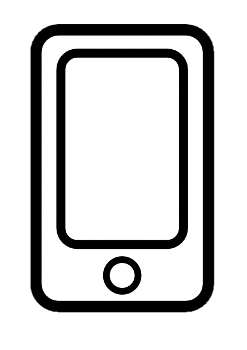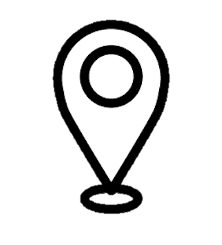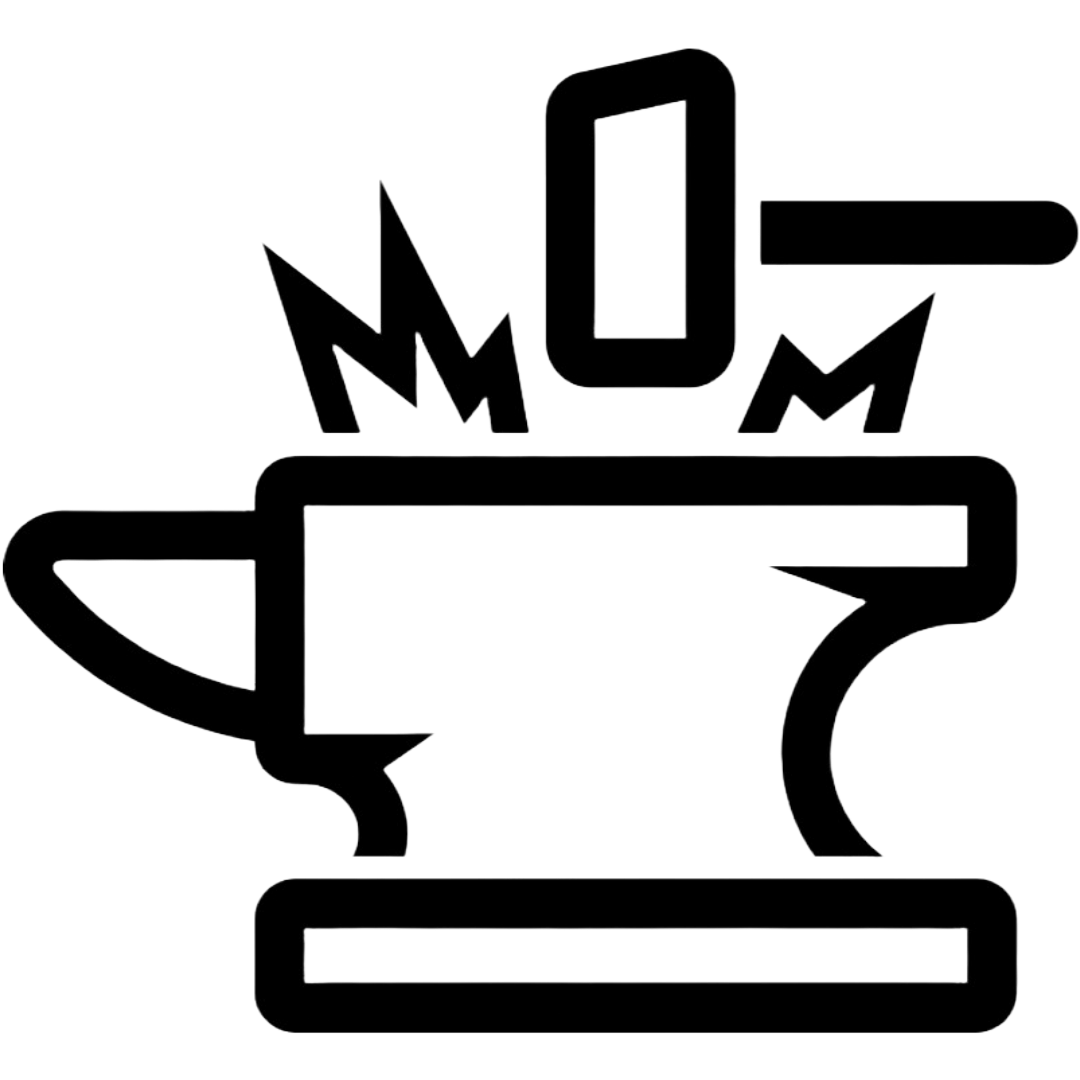What to protect?

It’s hard to know what is ok to have out on the internet and what is not ok. The debate is from “nothing is my standard” to “Why should I care?”. Here is a list of areas that exist about a person.
 Identification Documents: Driver’s License, Passports, Memberships, Utility Bills…
Identification Documents: Driver’s License, Passports, Memberships, Utility Bills…
These documents identify your name and Affiliation to an entity, such as address or geographic location. They are often used to prove who you are and your attribution to another person, place, or thing. Drivers’ Licenses provide a great deal of information that tells who you are, where you live, and what you look like. A passport provides who you are, what you look like, and attribution in a broader general place such as issuing location. This can be misleading if you have moved or got your passport in a different region. Memberships and bills can contain a name and address if exposed and is often used as a validation of your residence.
 Financial Inforamation:
Financial Inforamation:
Banks already know a great deal about you as a person and collect ever-growing amounts. Who you back with can provide a general location if you back with a small local bank or a bank only for employees or members of select groups. Where you bank can say a lot about you as a person.
 Digital Accounts Information:
Digital Accounts Information:
Social media accounts, email accounts, and other forms of digital access are quickly becoming more powerful than a driver’s license. I was not long ago, we were asked, “please show me some ID” it won’t be long before it will be; “please verify the number I just sent our phone on file” for in-person transactions. Validation of digital accounts requires many verification forms, such as phone numbers and scans of ID cards.
 Portable Electronic Device Information
Portable Electronic Device Information
The portable electronic device (PED) is often the largest threat to your privacy and security. The sensors, connection, applications, and presence on us for most of the day make it a large portion of the threat of all the other areas. The PED can be anything from a smartwatch to an automobile. It stores data, processes activities, and then can export that data to a higher device.
 Location Information
Location Information
Constantly connected devices surround us. By the sheer nature of the connection, those devices provide location information. The Global Positioning System (GPS) by itself poses no risk. It’s what we choose to do with that data or give apps location permission on our digital devices.
The Digital Signature Inventory
With a basic understanding of the above areas, it’s time to start your Digital Signature Inventory. This can be a long process to get the first full inventory. Keeping up with it will provide you with a greater understanding of what you look like in the digital world.
